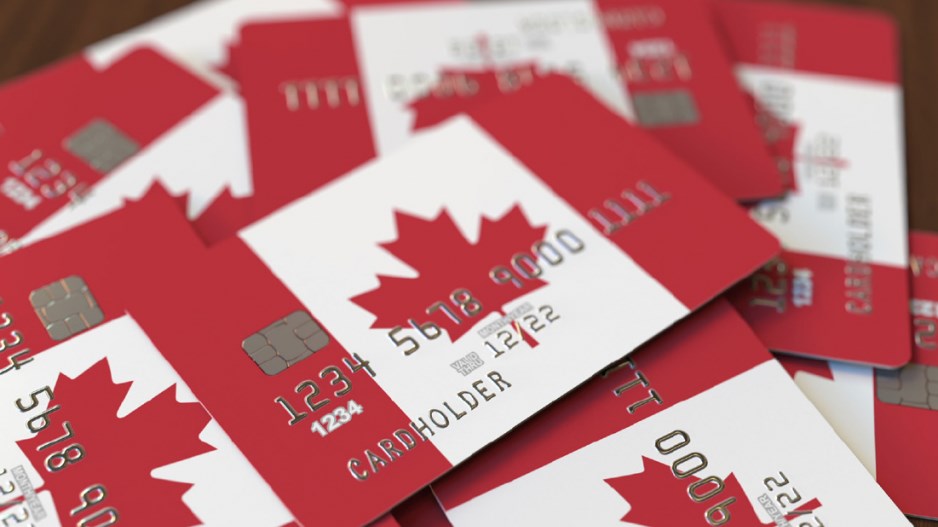What happened: Only 56% of British Columbians feel confident about their ability to cover their living expenses over the next year, while 43% say they are within $200 from financial insolvency at the end of the month.
Why it matters: The latest MNP Consumer Debt Index shows that, despite government relief programs and signs of broader economic recovery, British Columbian households remain concerned about their finances.
Even with provincial and federal pandemic-related support programs in place, British Columbians feel less confident than other Canadians about their ability to cover their debts.
The latest MNP Consumer Debt Index shows that 56% of those in B.C. believe they will be able to cover their living expenses over the next 12 months – the lowest proportion in Canada.
In comparison, 62% of Ontarians feel confident about their ability to cover upcoming expenses over the next year, as do 61% of Albertans.
“While our results show the rest of Canada becoming more optimistic or even hopeful about their personal finances, British Columbians are not having the same experience,” said Lana Gilbertson, a Vancouver-based licensed insolvency trustee with MNP Ltd., in a news release.
“That could be a result of the lack of wiggle room in household budgets prior to the pandemic. Those who are finding it difficult to get by before, are really struggling now.”
According to the latest survey, 43% of British Columbians report that they are within $200 of financial insolvency at the end of the month, an increase of three percentage points since early March. Within this group, 22% say they are already insolvent.
In general, government support programs, mortgage deferrals and flexible credit arrangements have contributed to a “significant decline” in insolvency filings since the start of the pandemic, according to MNP.
In May, B.C. consumer insolvency filings fell 37% year-over-year. Additionally, after bills and debt obligations are paid, B.C. households now have on average $128 more leftover at the end of the month than they did in early March.
Despite the decline in filings and increase in cash available at month-end, Gilbertson noted that it would not be surprising to see insolvencies jump, considering the magnitude of the virus and its widespread economic impact.
Data in the consumer debt index was compiled by Ipsos and based on interviews with 2,001 adult Canadians, conducted between June 1 and June 2. The data has been statistically weighted according to Canadian census figures. The margin of error – which measures sample variability – is plus or minus 2.5 percentage points, 19 times out of 20.




